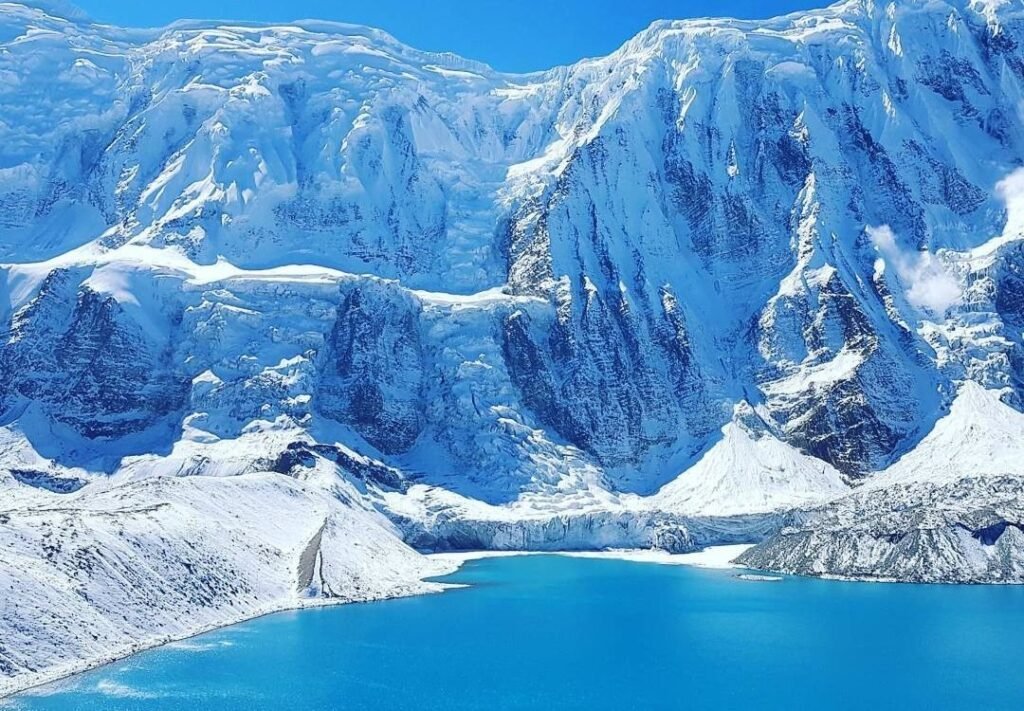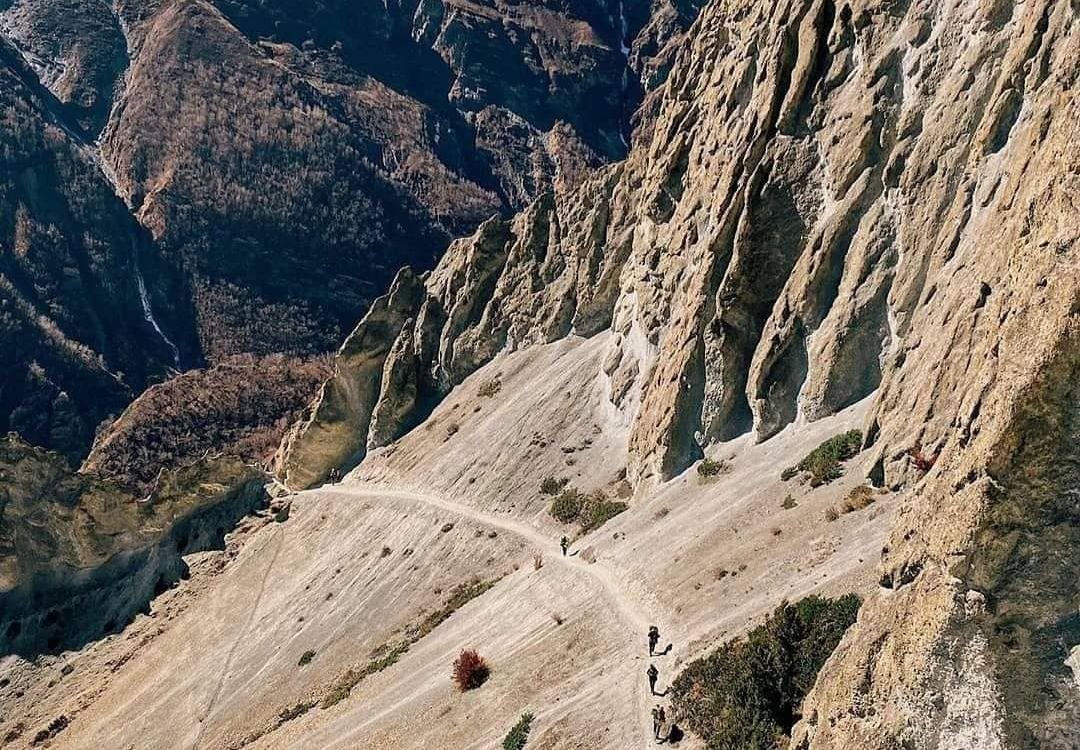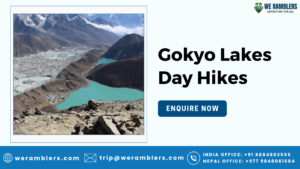Insurance for Annapurna Circuit Trek: Why You Need Trek-Specific Coverage
The Annapurna Circuit Trek is one of the most popular and iconic trekking routes in Nepal, known for its breathtaking views, diverse landscapes, and cultural experiences. Starting from Besisahar, the trek takes you through lush subtropical forests, terraced fields, and high-altitude deserts, ultimately leading to the Thorong La Pass, which reaches a staggering elevation of 5,416 meters (17,769 feet). Spanning around 160–230 kilometers, depending on your route, the trek typically lasts between 12 to 21 days, depending on the pace and the detours taken for acclimatization and exploration.
Challenges and Attractions During ACT
- Altitude: With several points above 4000 meters, the Annapurna Circuit poses a risk of altitude sickness, making acclimatization crucial.
- Terrain: Rugged paths, icy conditions, and steep ascents make this trek physically demanding.
- Cultural Experience: The route offers a unique opportunity to interact with the Tibetan Buddhist culture in remote villages, including Manang and Mustang.
- Scenic Views: Spectacular views of the Annapurna Massif, Machapuchare (Fishtail Mountain), and Dhaulagiri make the Annapurna Circuit Trek an adventure of a lifetime.
While the Annapurna Circuit attracts trekkers from across the world, the challenges posed by its high-altitude environment make insurance for Annapurna Circuit Trek essential.
Why Do You Need Insurance for Annapurna Circuit Trek?
Trekking in the Himalayas, especially on the Annapurna Circuit, requires more than just physical preparation and proper gear. It is crucial to have trekking-specific insurance suited to the challenges faced in the Himalayas, which general travel insurance may not cover. High-altitude treks come with unique risks, and not having the right insurance can leave you unprotected in case of accidents or emergencies.
Key Reasons to Get Insurance:
- Remote Terrain and Medical Limitations: The Annapurna Circuit’s remote nature means that medical help is often several hours away. Without proper insurance, emergency evacuations could cost thousands of dollars.
- Unpredictable Nature: Weather conditions can change rapidly, creating treacherous trekking conditions that increase the likelihood of injury.
High Altitude Risks on the Annapurna Circuit
Altitude Sickness (AMS, HAPE, HACE)
The Annapurna Circuit crosses several altitudes above 4000 meters, with the highest point being Thorong La Pass at 5,416 meters. At these elevations, trekkers are at risk of Acute Mountain Sickness (AMS), High-Altitude Pulmonary Edema (HAPE), and High-Altitude Cerebral Edema (HACE). These conditions can escalate quickly, requiring immediate evacuation and medical attention. Trekking insurance for Annapurna Circuit should cover high-altitude trekking up to 6000 meters to ensure emergency evacuation in case of altitude-related issues.
Accidents and Injuries
Trekking on rugged and steep paths exposes trekkers to the risk of falls and injuries. A twisted ankle or a fall can result in serious injuries, especially in remote areas where medical facilities are limited. Most standard insurance plans exclude coverage for adventure sports like trekking, climbing, or mountaineering. That’s why it’s critical to have trekking insurance that covers adventure activities like the Annapurna Circuit Trek.
Illnesses During the Trek
Trekking in high-altitude environments, combined with strenuous activity, can make you prone to illnesses like diarrhea, flu, or fatigue. Due to limited access to healthcare facilities in the higher altitudes, having insurance that includes evacuation for medical treatment is essential. Insurance can cover the costs of evacuation to lower altitudes or even hospitalization in case of serious health issues.
Flight Disruptions and Baggage Loss
The trek usually starts in Kathmandu or Pokhara, and flights to Lukla (for other trekking routes) or Jomsom may be delayed or canceled due to weather conditions. Moreover, you may face issues like lost or delayed baggage, which can be particularly inconvenient when trekking. Having trip cancellation insurance and coverage for baggage loss ensures that you’re protected against flight disruptions and loss of trekking gear.

What Your Annapurna Circuit Trekking Insurance Must Cover
When choosing insurance for Annapurna Circuit Trek, there are several important factors to consider. A comprehensive trekking insurance plan should cover:
1. Medical Evacuation
High-altitude treks require quick access to evacuation services, especially in cases of AMS or serious injuries. Helicopter evacuation should be included in your plan to cover the cost of medical evacuation to a safe location.
2. Altitude Coverage
Ensure your insurance covers trekking up to 6000m or more, as the Annapurna Circuit reaches elevations above 5000 meters. Not all standard travel policies cover high-altitude trekking, so verify that the insurance covers the necessary altitude range.
3. Hospitalization and Treatment
In case of accidents or illnesses, your plan should cover the costs of hospitalization and medical treatment. It’s important to verify the level of coverage available in Nepal, as costs can vary depending on the location and medical facility.
4. Trip Cancellation/Interruption
Sometimes, unforeseen circumstances like medical emergencies or natural disasters can cause you to cancel or interrupt your trek. Trip cancellation and interruption coverage can protect your investment in case you need to postpone or cancel your trip.
5. Baggage Loss and Theft
Trekking in remote areas increases the risk of losing your luggage or having it delayed. Baggage loss insurance can cover the cost of replacing essential trekking gear, ensuring you are fully prepared for your trek.
6. Adventure Activity Inclusion
Make sure your plan covers adventure activities like trekking, hiking, and mountaineering. Most standard policies exclude these activities, so confirm that your insurance covers the specific activities involved in the Annapurna Circuit Trek.
7. COVID-19 or Infectious Disease Coverage
Due to the ongoing global pandemic, some trekkers may opt for insurance that also includes COVID-19 coverage. Ensure that your plan includes coverage for COVID-related cancellations, medical expenses, or evacuation if you contract the virus during your trip.
Recommended Insurance Providers for Annapurna Circuit Trek
Several trusted insurance providers specialize in high-altitude trekking insurance, including those specifically designed for the Annapurna Circuit. Some of the most reliable companies to consider are:
- World Nomads – Known for covering trekking up to 6000m and offering emergency evacuation services.
- Global Rescue – Specializes in medical evacuation and offers 24/7 coverage for high-risk trekkers.
- IMG Global – Offers comprehensive plans that include coverage for adventure activities like trekking and helicopter evacuations.
- Allianz Travel – A well-known provider that offers high-altitude trekking insurance with coverage for trip cancellations, medical treatment, and evacuation.
- Seven Corners – Offers policies that include adventure sports coverage for activities like trekking in the Annapurna region.
- Alpenverein (Austrian Alpine Club) – Offers specialized insurance for trekkers in the Himalayas, including hospitalization and evacuation coverage.
Make sure to compare the policies and look for those that include coverage for high-altitude trekking and emergency evacuations.
Typical Insurance Cost for Annapurna Circuit Trek
The cost of trekking insurance for the Annapurna Circuit varies depending on factors such as your home country, age, and the coverage level. On average, expect to pay between $150 to $400 for comprehensive insurance. For trekkers traveling from the US, UK, or Australia, insurance premiums tend to be higher due to international medical coverage. For trekkers from Nepal or India, the cost may be lower, but it’s still essential to have proper coverage for high-altitude trekking.
Add-Ons and Fees
Insurance providers often offer add-ons for high-altitude coverage and adventure sports, which may cost an additional $50 to $150. It’s important to review your policy carefully to ensure these add-ons are included if you’re trekking at elevations above 4000 meters.
Tips for Choosing the Right Insurance for ACT
When selecting the right insurance for your Annapurna Circuit Trek, consider these tips:
- Confirm Altitude and Evacuation Coverage: Ensure that your insurance covers trekking up to 6000m and includes helicopter evacuation.
- Review Exclusions: Read the fine print and ensure that there are no exclusions for trekking-related injuries.
- Declare Pre-existing Medical Conditions: Be transparent about any pre-existing medical conditions to ensure you are fully covered.
- Buy Early: Purchase your insurance well before departure to ensure you are covered for cancellations or disruptions.
- Carry Both Digital and Print Copies: Keep both digital and hard copies of your insurance policy and emergency contact details.
Why Choose We Ramblers for Your Annapurna Circuit Adventure
At We Ramblers, we prioritize safety, comfort, and support throughout your Annapurna Circuit Trek. Our experienced guides are equipped with extensive knowledge of the route, and we assist with all logistics, including permits, local accommodation, and emergency evacuation procedures. With our thorough planning and commitment to trekker safety, you can focus on enjoying your adventure, knowing that you’re in capable hands.
Join us for a memorable trek, backed by expert guidance and the assurance that we have you covered every step of the way.





